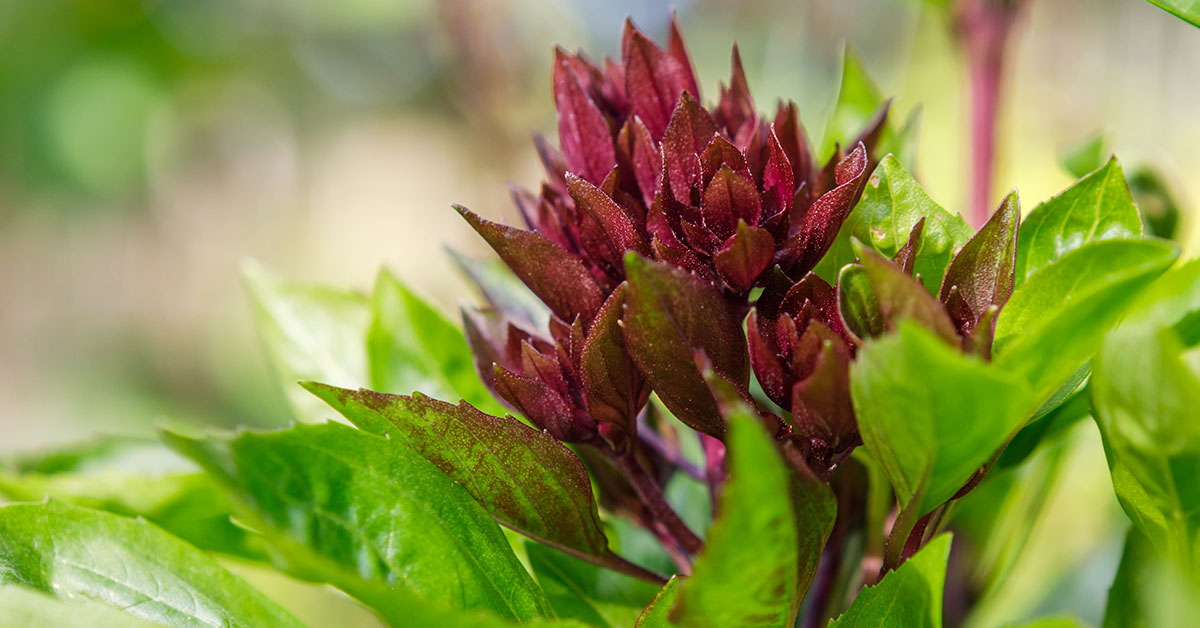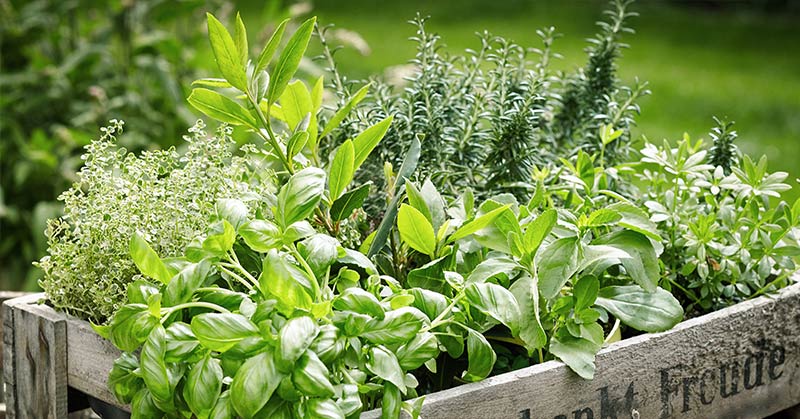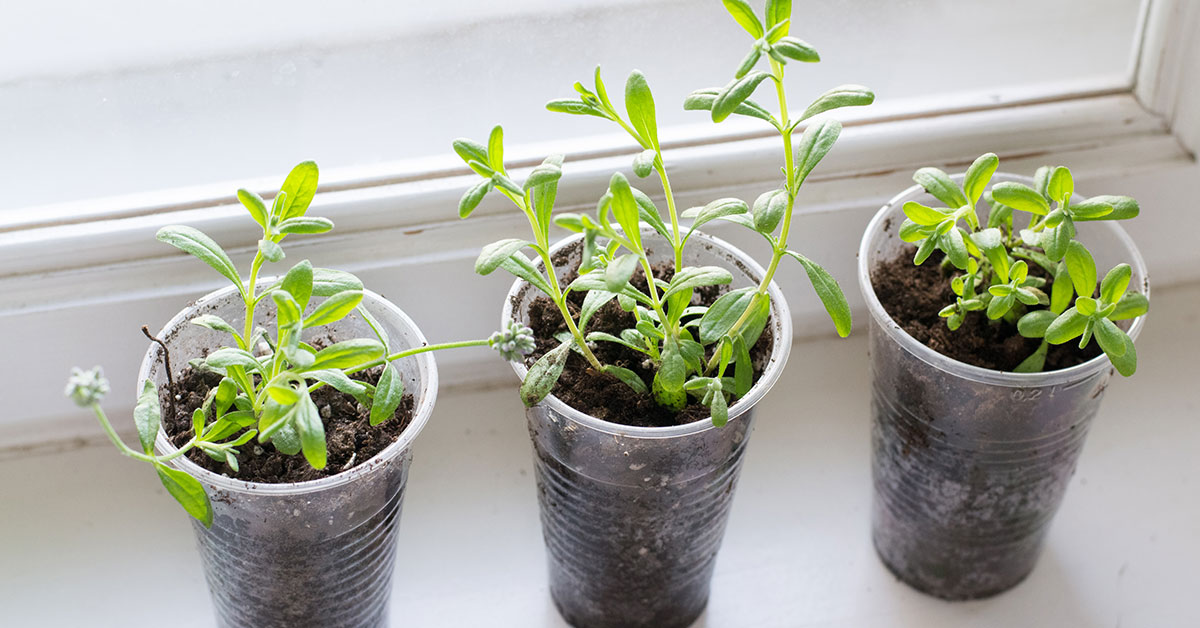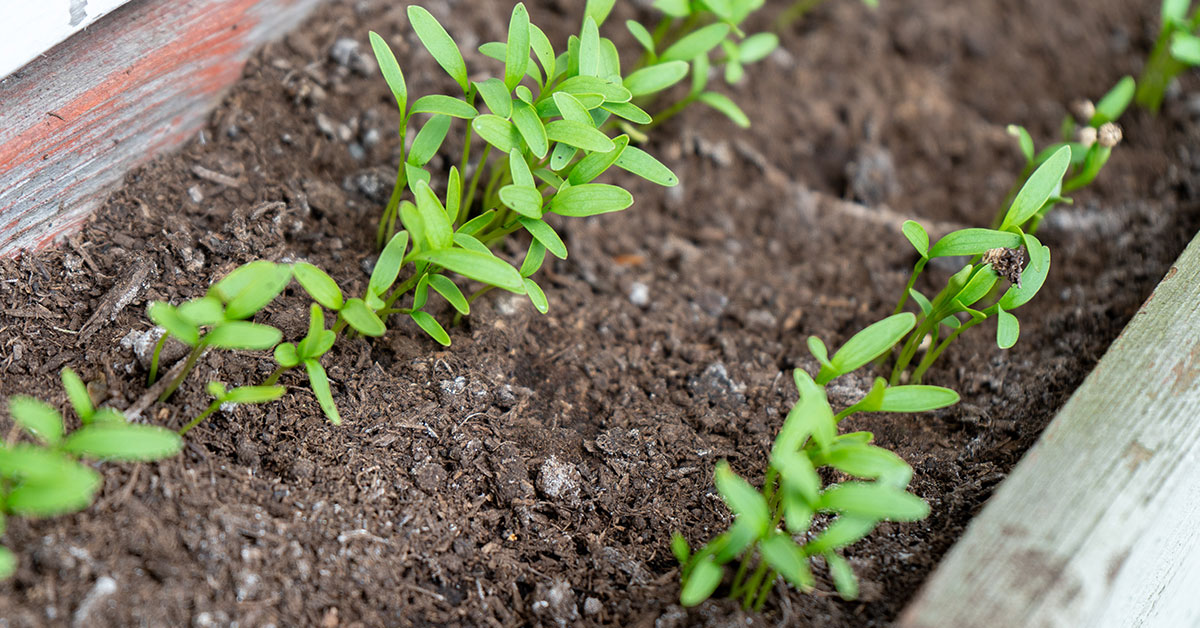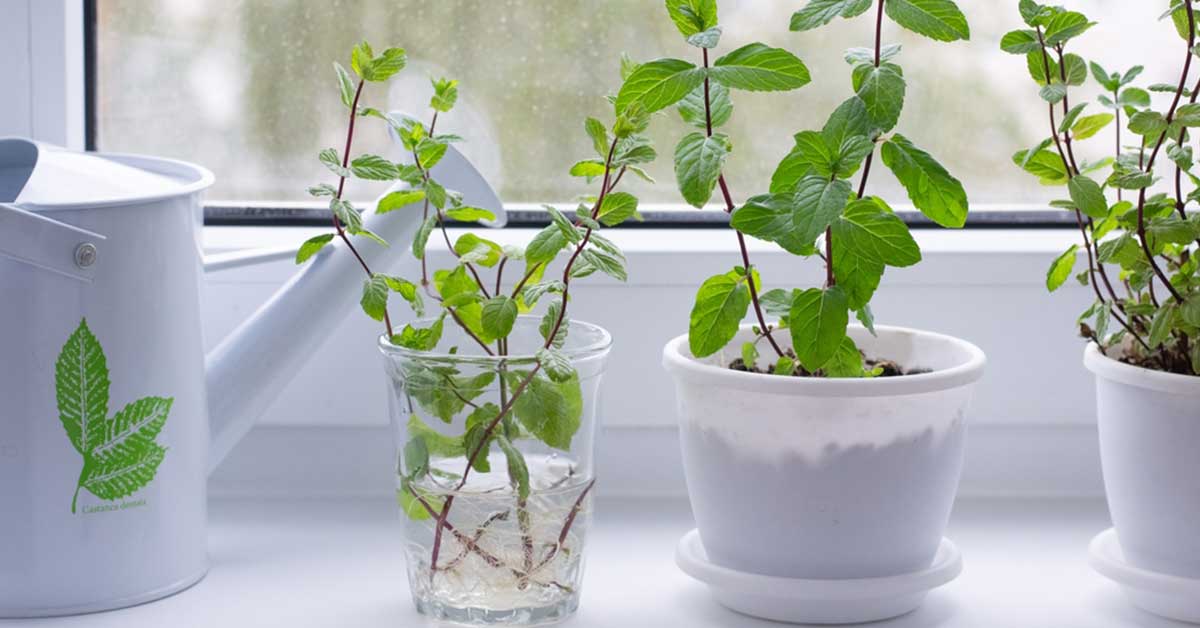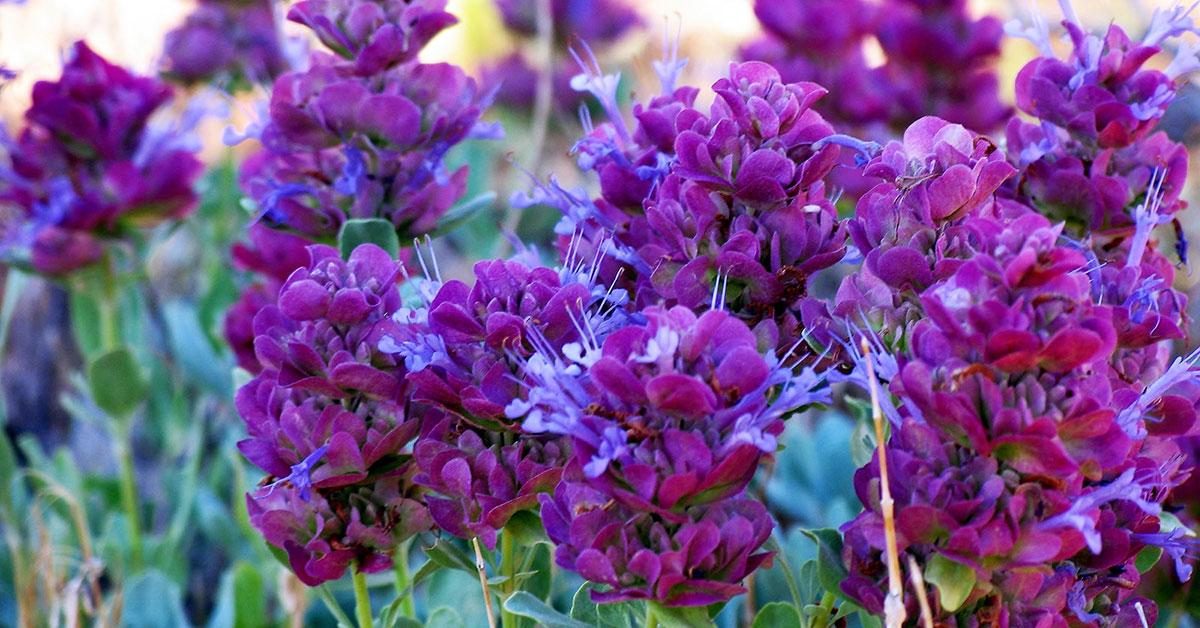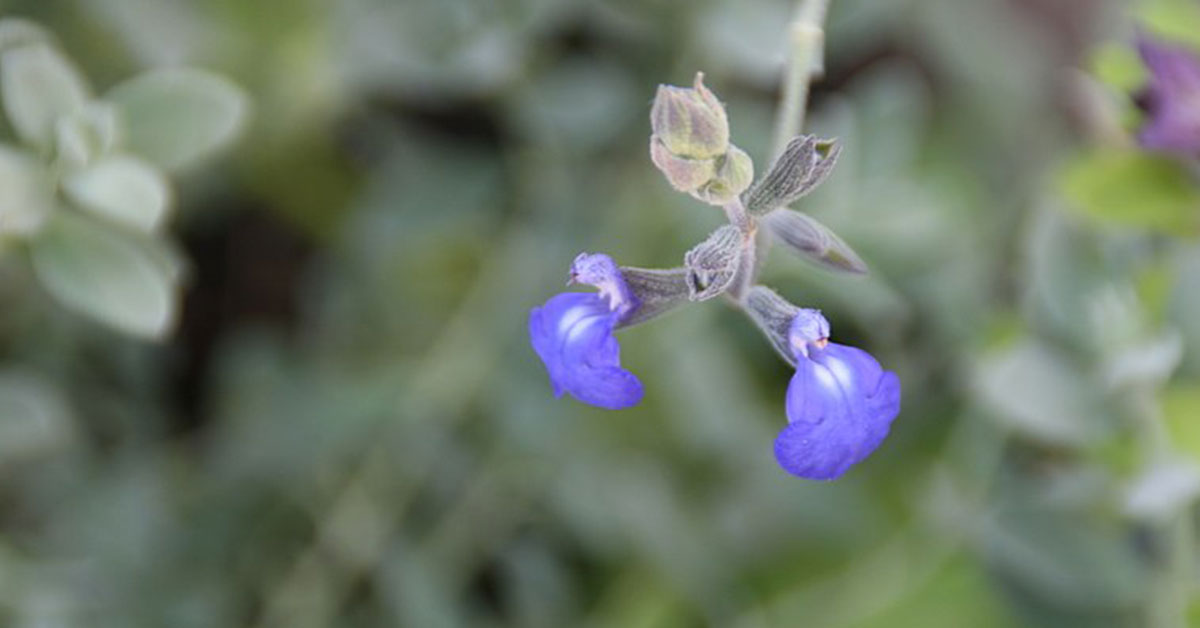Cardinal Basil is a beautiful and unique herb that is native to tropical regions of Africa and Southeast Asia. It is also known as African Basil and Wild Basil, and is a member of the mint family. The plant has a distinctive, strong aroma with a sweet and spicy flavor, making it a popular ingredient in many cuisines.
What is a Cardinal Basil?
Cardinal Basil is a perennial herb that can grow up to 2 feet in height. The leaves are dark green and glossy, with a slightly serrated edge. The plant produces small, white or pink flowers that bloom in the summer months, and the seeds are small and black.
In addition to its culinary uses, this herb has medicinal properties and has been used for centuries in traditional medicine to treat a variety of ailments such as coughs, colds, headaches, and stomach problems. It is also believed to have anti-inflammatory and antibacterial properties.
Overall, Cardinal Basil is a versatile and valuable herb that is both beautiful and useful. Whether you are using it in the kitchen or as a natural remedy, this herb is definitely worth exploring.
What makes Cardinal Basil different from other varieties?
Cardinal Basil is a unique variety of basil that boasts a distinct flavor and aroma that sets it apart from other types of basil. While most basil varieties have a sweet and slightly minty flavor, Cardinal Basil has a spicy and peppery taste that is reminiscent of cloves and cinnamon. This makes it a popular choice among chefs and cooks who want to add a bold and complex flavor to their dishes.
In addition to its distinctive taste, Cardinal Basil also has a unique appearance. Its leaves are a deep, rich purple color, making it a striking addition to any garden or dish. This is due to the high concentration of anthocyanins, which are pigments that give fruits and vegetables their vibrant colors. These pigments not only give Cardinal Basil its unique appearance but also provide health benefits such as being rich in antioxidants.
Another factor that sets this herb apart from other varieties is its growth habits. It is a bushy plant that can grow up to two feet tall and wide, making it an excellent choice for adding height and structure to a garden. It is also a hardy plant that can withstand a variety of growing conditions, making it a popular choice for both novice and experienced gardeners.
Overall, Cardinal Basil is a unique and versatile herb that offers a distinct flavor and appearance that is different from other varieties of basil. Whether you’re a chef looking to add a bold flavor to your dishes or a gardener looking for a striking addition to your garden, Cardinal Basil is an excellent choice that will not disappoint.
How to grow Cardinal Basil
Cardinal Basil is a beautiful and aromatic herb that is commonly used in cooking and herbal medicine. Its bright red leaves and delicate flowers make it a stunning addition to any garden. If you’re interested in growing this herb in your own garden, here are some tips to get you started:
- Choose the right location: It prefers full sunlight and well-draining soil. Choose a location in your garden that receives at least 6 hours of direct sunlight per day and has soil that drains well.
- Plant the seeds: Cardinal Basil can be grown from seeds, which can be purchased online or at your local nursery. Plant the seeds in small pots filled with soil, and keep them in a warm, sunny location until they germinate.
- Transplant the seedlings: Once the seedlings have grown to a height of about 2-3 inches, they can be transplanted into your garden. Choose a spot with good drainage and plenty of sunlight, and space the plants about 6-8 inches apart.
- Water regularly: This herb likes to be kept moist, but not waterlogged. Water your plants regularly, but be sure to let the soil dry out slightly between waterings.
- Fertilize occasionally: Cardinal Basil benefits from occasional fertilization with a balanced, all-purpose fertilizer. Apply the fertilizer according to the package directions, usually once every 4-6 weeks.
- Prune regularly: Pruning your Cardinal Basil plants will help to encourage bushier growth and a more productive harvest. Pinch back the tips of the plant regularly, and remove any yellow or wilted leaves.
With a little care and attention, you can enjoy a bountiful harvest of Cardinal Basil in your own garden. Whether you’re using it in your favorite recipes or for its medicinal properties, this herb is a wonderful addition to any home garden.
Growing tips:
Cardinal Basil is a great addition to any garden. It is a wonderful herb that can add flavor and aroma to your dishes. As a helpful assistant, I have some other tips for growing Cardinal Basil that can help you achieve a healthy and thriving plant. Here are some tips:
- Soil Preparation – Cardinal Basil thrives in well-draining soil. To prepare the soil, mix in some organic matter like compost and ensure that the soil pH is between 6.0 and 7.5.
- Watering – Cardinal Basil prefers consistent moisture in the soil. Water your plant regularly and do not let the soil dry out completely. However, be careful not to overwater as this can lead to root rot.
- Fertilization – Cardinal Basil benefits from regular fertilization. You can apply a balanced fertilizer every 4-6 weeks during the growing season to ensure healthy growth.
- Pruning – Pruning your Cardinal Basil regularly can help keep the plant bushy and encourage better growth. Pinch off the tips of the plant regularly to encourage lateral growth and prevent the plant from becoming too leggy.
- Harvesting – Cardinal Basil can be harvested as soon as it reaches 6-8 inches in height. You can harvest the leaves regularly by pinching off the tips of the stem. This will encourage new growth and ensure a continuous supply of fresh leaves.
By following these tips, you can ensure that your Cardinal Basil plant grows healthy and produces an abundance of flavorful leaves. Happy gardening!
Common problems
Cardinal Basil is a beautiful and fragrant herb that is commonly used in cooking. It’s a popular herb to grow at home, but it’s not without its challenges. In this section, we will discuss some common problems that people face when growing this herb.
- Overwatering: One of the most common problems with growing Cardinal Basil is overwatering. This herb prefers well-draining soil, and too much water can cause root rot and other problems. Make sure to only water your plant when the top inch of soil is dry.
- Underwatering: On the flip side, underwatering can also be a problem for Cardinal Basil. This herb needs consistent moisture, and if it dries out too much, it can become stressed and start to wilt. Make sure to check the soil regularly and water as needed.
- Pests: Another common problem with growing this herb is pests. Aphids, spider mites, and whiteflies are all common pests that can damage this herb. Use insecticidal soap or neem oil to control pests.
- Diseases: This herb is susceptible to a few different diseases, including powdery mildew and downy mildew. These diseases can cause yellowing leaves, stunted growth, and other problems. Make sure to keep the area around your plant clean and free from debris to prevent the spread of disease.
- Nutrient deficiencies: Finally, Cardinal Basil can also suffer from nutrient deficiencies. If the leaves start to turn yellow or the growth is stunted, it may be a sign that the plant is not getting enough nutrients. Consider adding a slow-release fertilizer to the soil to provide the plant with the nutrients it needs to thrive.
In conclusion, growing this herb is not without its challenges, but with a little care and attention, you can enjoy this beautiful herb in your home or garden. Keep an eye out for these common problems and take steps to prevent or treat them if they do occur.
Uses
Cardinal Basils a member of the mint family and is widely used for its medicinal and culinary properties. The plant is native to East Asia and has been used for centuries in traditional medicine to treat a variety of ailments. In recent times, Cardinal Basil has gained popularity in Western countries due to its various health benefits.
Here are some of the uses of Cardinal Basil:
- Culinary Use: Cardinal Basil is commonly used in dishes in East Asian cuisine. The plant has a unique flavor that adds a distinct taste to dishes. The leaves can be used fresh in salads, as a garnish on top of soups, or as a seasoning for rice dishes. The seeds of the plant are also used to make a popular condiment called shiso furikake in Japan.
- Medicinal Use: This herb has been used for centuries in traditional medicine to treat a variety of ailments. The plant is rich in antioxidants and contains essential oils that have anti-inflammatory and antibacterial properties. It has been used to improve digestion, relieve respiratory problems, and treat skin conditions such as eczema and acne.
- Aromatherapy: The essential oil extracted from Cardinal Basil is used in aromatherapy due to its calming and relaxing properties. It is believed to help relieve stress, anxiety, and depression.
- Health Supplements: It is also available in the form of health supplements. These supplements are used to improve digestion, boost the immune system, and reduce inflammation in the body.
In conclusion, Cardinal Basil is a versatile plant that has a variety of uses. From culinary to medicinal, this plant has many benefits that can improve our health and well-being. Its unique flavor and aroma have made it a popular ingredient in many dishes, while its medicinal properties have made it a staple in traditional medicine. If you haven’t already, it’s definitely worth trying Cardinal Basil!
